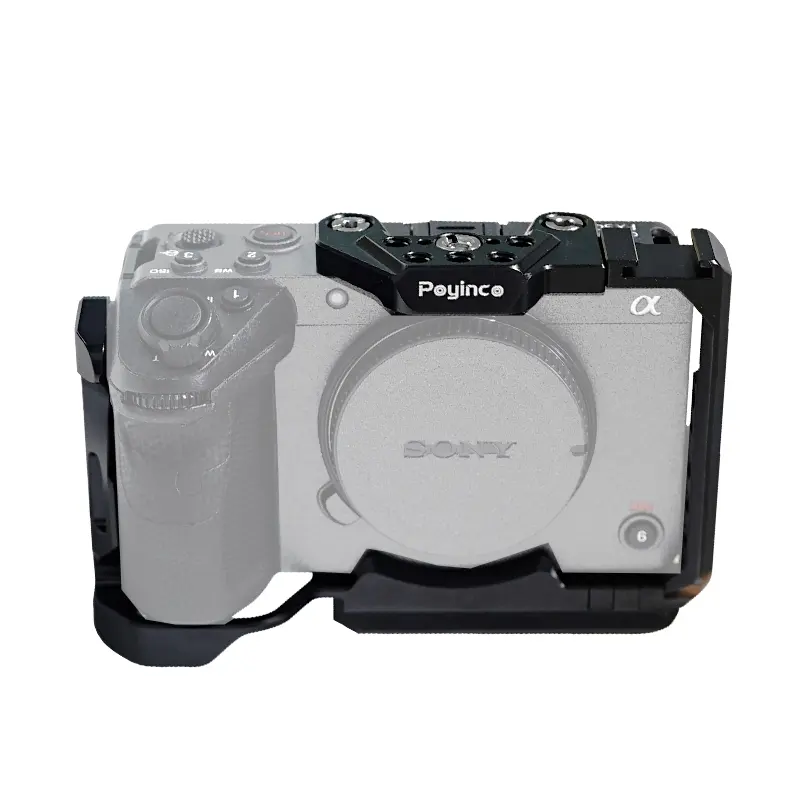

Time:2025-09-19 Views:1

Rust is a major concern for tripod adapters as it can severely compromise their structural integrity and functionality over time. To combat rust effectively, a combination of material selection, surface treatments, and design considerations is employed, ensuring that tripod adapters remain reliable even in challenging environments.
Material choice is the first line of defense against rust. High - quality stainless steel is a popular option for tripod adapters due to its inherent rust - resistant properties. Stainless steel contains chromium, which forms a thin, invisible oxide layer on the surface when exposed to oxygen. This passive layer acts as a barrier, preventing further oxidation and thus rust formation. For example, 304 and 316 grades of stainless steel are commonly used. Grade 316, with its added molybdenum content, offers enhanced corrosion resistance, making it suitable for use in more aggressive environments, such as near saltwater or in highly humid conditions. Aluminum alloys are also favored for tripod adapters. Aluminum naturally forms a protective oxide layer upon exposure to air, which helps to prevent rust. Additionally, aluminum is lightweight, making the adapter easier to handle and transport while still providing sufficient strength.
Surface treatments play a crucial role in rust prevention. One common treatment is electroplating, where a thin layer of a corrosion - resistant metal, such as nickel or zinc, is deposited onto the surface of the adapter. Nickel plating, for instance, provides a smooth, durable surface that not only resists rust but also enhances the adapter's aesthetic appeal. Zinc plating, also known as galvanizing, offers excellent protection against rust, especially for ferrous materials. The zinc layer acts as a sacrificial anode, corroding preferentially to protect the underlying metal. Another effective surface treatment is powder coating. In this process, a dry powder is electrostatically applied to the adapter and then cured under heat, forming a hard, continuous film that provides a robust barrier against moisture and oxygen, significantly reducing the risk of rust.
Design features can also contribute to rust prevention. Tripod adapters should be designed to minimize areas where moisture can accumulate. Smooth, rounded edges and surfaces are preferred over sharp corners and crevices, as the latter can trap water and promote rust formation. Additionally, proper drainage holes can be incorporated into the design to allow any accumulated moisture to escape. For example, in tripod adapters used for outdoor photography in rainy conditions, strategically placed drainage holes ensure that water does not sit on the surface for extended periods. By carefully considering material selection, applying appropriate surface treatments, and optimizing the design, manufacturers can effectively prevent rust and extend the lifespan of tripod adapters, ensuring they perform reliably in various environments.
Read recommendations:
floating camera handle Wholesale price